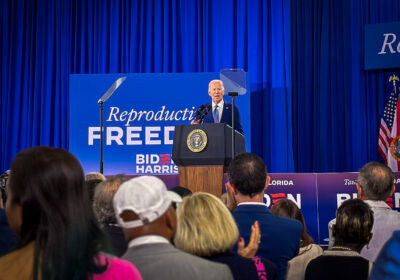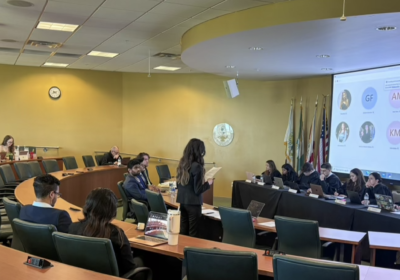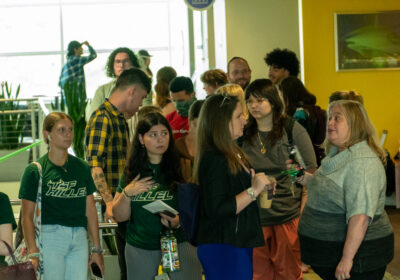Students recall Dozier dig
When researchers went up to Marianna, Fla. to begin exhumations at the Dozier School for Boys during Labor Day weekend, they knew they weren’t going to be able to carry out the labor-intensive dig on their own.
Starting between 7 a.m. and 8 a.m., USF researchers Christian Wells and Erin Kimmerle and a group of archeology and anthropology graduate students would dig under the hot sun for 12 to 13 hours at a time.
The group marked three excavation units to be dug out in what is known as Boot Hill Cemetery, located on the north side of campus.
Jose Moreno, a graduate student in archaeology, said he was more than glad to help researchers as they began the long and trying process of digging down toward the burial shafts.
“I got to help out with the initial shoveling, soil sifting and going through the mud to find any materials,” Moreno said. “It was a lot of hard work, but it was fun.”
Wells said the temperatures grew to be unbearable, at times topping 106 degrees.
When it would get later into the night, volunteers from local agencies would bring out spotlights to allow them to continue digging in the dark.
After the first excavation unit revealed staining from an old fence line, researchers were forced to cover in the hole and move on, but grave shafts were found at the two subsequent units.
“We were a little uncertain about the preservation of human remains, but when the remains were revealed, we saw that they were in very good condition,” Wells said.
The group ended up finding two unidentified bodies in the burial shaft.
One individual was buried with his clothes on in a small wooden box and the other was wrapped in a shroud and placed in a larger coffin.
In addition to the human remains, Wells said they found different kinds of burial material.
“The box that this second individual was put in was more like a casket, but the only thing that remained from it was what we call coffin hardware. We found the handles on the coffin, a lot of nails and then these really fancy art deco nails that they actually used to seal the lid.”
On the last days of their trip, the grueling heat turned into a downpour of rain.
Zaida Darley, a Ph.D. candidate in anthropology, said she remembers the panic researchers felt when they thought the rain might affect the exhumation units.
Thanks to volunteers from local agencies, Darley said researchers were able to continue their work through the storm with only a little inconvenience.
“We were lucky enough to have volunteers bring tents. That helped tremendously,” she said. “We were also able to use the soil we were removing to create a barrier to shift the water away.”
The group arrived back to Tampa that Tuesday, bringing with them all the human remains and burial material they found at the scene.
Researchers will aim to identify and analyze the human remains and, once research is complete, they intend to return the identified remains to the relatives.
Moreno said at the end of the day, the relatives are what their work was all about.
“When I saw the families come to the burial site on the second day and just watch us work, I saw how the work I was doing was significant,” he said. “I saw how I was helping bring closure to those families and that was the best part.”
Wells said researchers are planning to return to the site again in November when conditions are more suitable.
He said they hope to take a much larger labor force next time, drawing student volunteers from both graduate and undergraduate programs. Interested students will be able to apply, he said.






